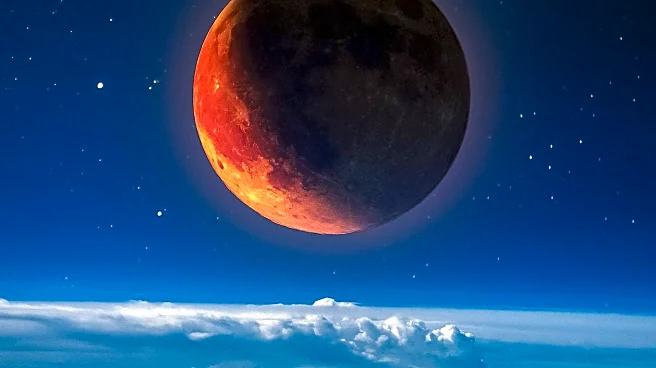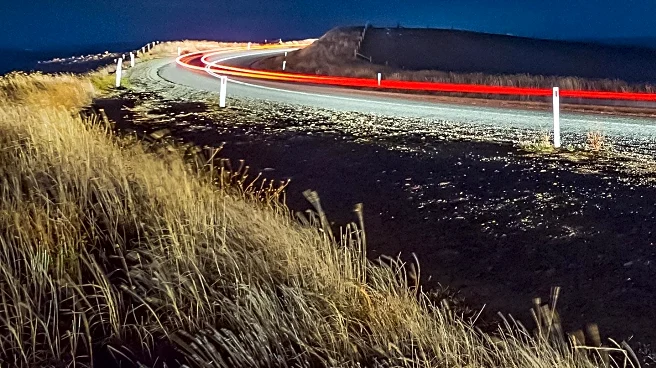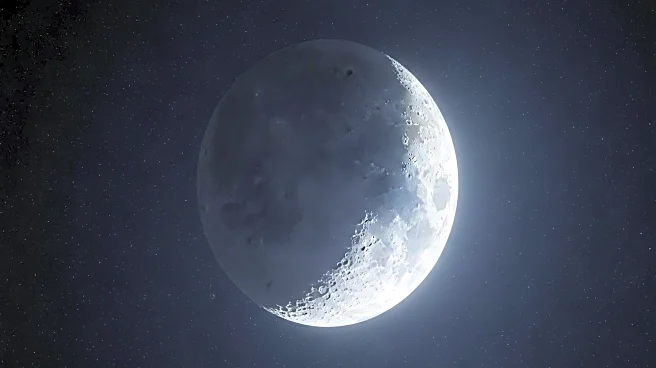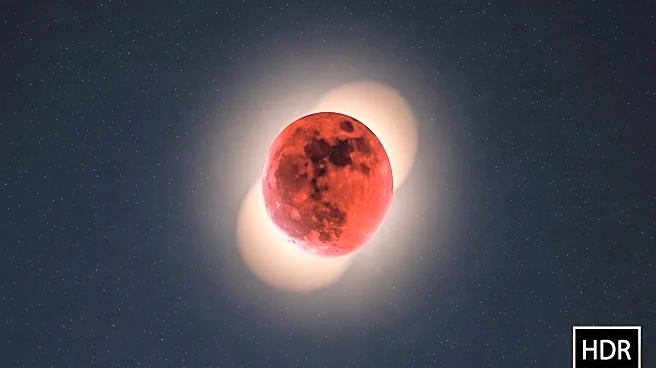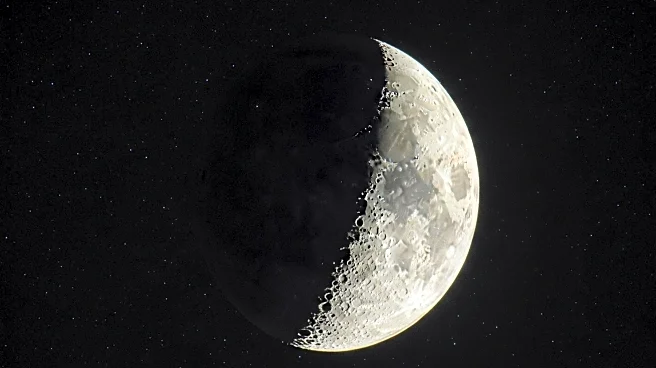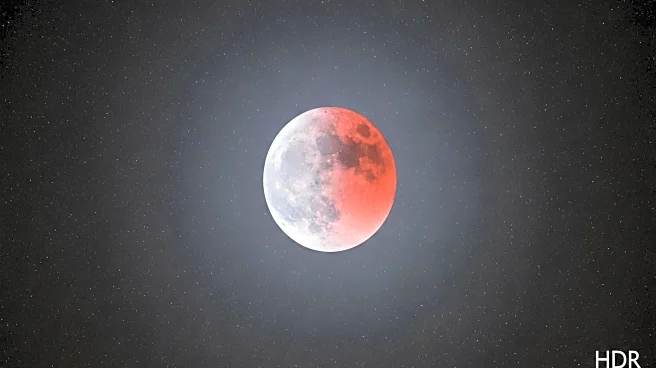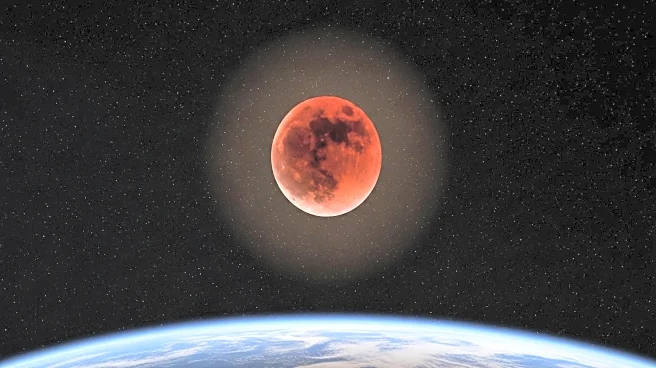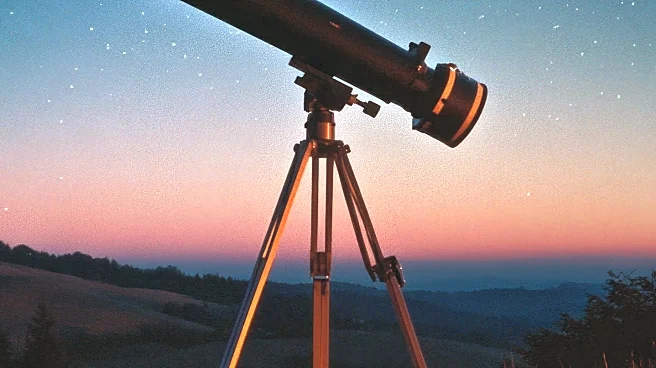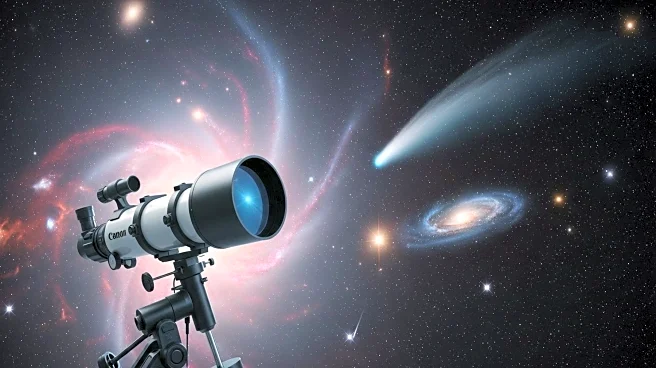What's Happening?
The corn moon, the last full moon of the summer, is set to appear on September 7 at 2:09 p.m., according to TimeandDate.com. This moon is traditionally associated with Native American tribes who harvested corn during this period. Known by various names such as the 'autumn moon' and 'wine moon,' the corn moon is distinct from the harvest moon, which is the full moon closest to the autumnal equinox. This year, the harvest moon will occur in October. The corn moon provides bright moonlight early in the evening, aiding farmers in harvesting crops. Following the corn moon, the last quarter moon will be visible on September 14, with the new moon on September 21 and the first quarter moon on September 29.
Why It's Important?
The corn moon holds cultural significance, marking a time of harvest and transition into autumn. It serves as a natural aid for farmers, providing extended evening light for crop harvesting. This celestial event is a reminder of the interconnectedness of natural cycles and agricultural practices. The corn moon's appearance also offers an opportunity for cultural reflection and appreciation of Native American traditions. As the last full moon of summer, it symbolizes the end of one season and the beginning of another, impacting agricultural planning and community activities.
What's Next?
Following the corn moon, the lunar cycle will continue with the last quarter moon on September 14, the new moon on September 21, and the first quarter moon on September 29. These phases will influence tides and nocturnal activities. October's full moon, known as the hunter's moon, will occur on October 6, marking the prime hunting season and preparation for winter. Communities may engage in traditional activities associated with these lunar phases, reflecting on seasonal changes and planning for the months ahead.
Beyond the Headlines
The corn moon's cultural significance extends beyond its agricultural impact. It represents a time of reflection and celebration in various cultures, highlighting the importance of lunar cycles in human history. The event encourages a deeper understanding of how natural phenomena influence cultural practices and societal rhythms. As communities observe the corn moon, they may also consider the broader implications of lunar cycles on environmental awareness and conservation efforts.


